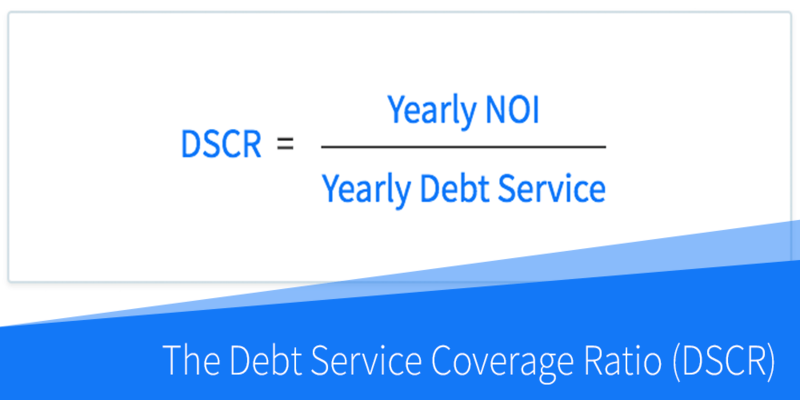Debt service ratios measure a borrower's ability to pay. These ratios compare the borrower's debt payments to income or assets. Lenders and investors use them to evaluate borrowers and companies. Debt service ratios include debt-to-income, debt-to-asset, and debt-to-equity. Monthly debt payments and gross monthly income determine a borrower's debt-to-income ratio. A borrower's debt-to-asset ratio compares debts to assets. A borrower's debt-to-equity ratio is their assets minus their debts. Lenders and investors use debt service ratios to assess borrowers' financial health. A borrower's debt service ratio may indicate financial stability or overextension. Low debt service ratios reduce risk, so lenders and investors prefer them. Debt service ratios should be considered along with a borrower's credit history and loan terms.
What Are Debt Service Ratios

Debt service ratios are financial ratios used to evaluate borrowers' ability to repay their debts. These ratios compare the borrower's debt payments to their income or the value of their assets. Lenders and investors typically use them to assess the risk of lending to a borrower or the financial health of a company. There are several debt service ratios, including the debt-to-income ratio, debt-to-asset ratio, and debt-to-equity ratio. In this article, we will discuss the different types of debt service ratios in detail and how they are used in the financial industry.
Types Of Debt Service Ratios:
Debt-To-Income Ratio:
Based on gross monthly income, the debt-to-income ratio (DTI) measures a borrower's debt-repayment ability. Divide a borrower's monthly debt payments by their gross monthly income. A borrower with a $5,000 gross monthly income and $1,500 debt payments has a 30% DTI. Lenders and investors use the DTI to assess borrower risk. Lenders may view high-DTI borrowers as riskier. Thus, lenders may charge higher interest rates or avoid high DTI borrowers.
Debt-To-Asset Ratio:
The debt-to-asset ratio (DTA) measures a borrower's ability to repay debts based on asset value. It's calculated by dividing a borrower's obligations by their assets. A borrower with $100,000 in assets and $50,000 in debts has a 50% DTA. Lenders and investors use the DTA to assess borrower financial stability. Liquidating assets may not be enough to repay debts for borrowers with high DTAs. Thus, lenders may charge higher interest rates or avoid high DATA borrowers.
Debt-To-Equity Ratio:
The debt-to-equity ratio (DTE) measures a borrower's financial leverage or the extent to which they use debt to finance their operations. It is calculated by dividing a borrower's total debts by their equity, which is the value of their assets minus their debts. For example, if a borrower has assets worth $100,000 and debts of $50,000, their equity would be $50,000, and their DTE would be 1. The DTE is an essential measure for lenders and investors, as it helps them evaluate the risk of lending to a borrower. Borrowers with high DTEs may need help repaying their debts if their assets are liquidated, as their debts may exceed the value of their assets. As a result, lenders may require higher interest rates or be hesitant to lend to borrowers with high DTEs.
Uses Of Debt Service Ratios:

Lenders use debt service ratios to assess the risk of lending to a borrower. By evaluating a borrower's DTI, DTA, and DTE, lenders can determine their ability to repay their debts and the potential risk of default. Borrowers with low debt service ratios are generally less risky, and lenders may be more willing to lend at lower interest rates.
Investors:
Investors also use debt service ratios to evaluate a company's financial health. By analyzing a company's DTI, DTA, and DTE, investors can gauge its ability to generate cash flow and pay its debts. Companies with low debt service ratios are generally more financially stable and may be more attractive to investors.
Borrowers:
Borrowers can also use debt service ratios to assess their financial stability and ability to repay their debts. By calculating their DTI, DTA, and DTE, borrowers can know how much of their income and assets are tied up in debt payments and determine if they need to take steps to reduce their debt levels.
Conclusion
Debt service ratios measure a borrower's ability to repay debt. Lenders and investors use these ratios to assess a borrower's risk or a company's financial health by comparing debt payments to income or assets. Debt service ratios include debt-to-income, debt-to-asset, and debt-to-equity. Low debt service ratios are considered safer by lenders and investors. Debt service ratios should be considered alongside other factors like a borrower's credit history and loan terms. Low debt service ratios do not guarantee financial success but indicate financial stability. Unexpected events or changes in circumstances can affect borrowers with low debt service ratios' ability to repay their debts.



